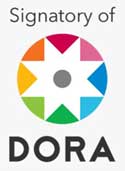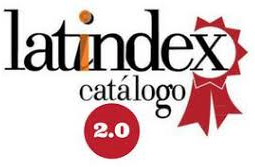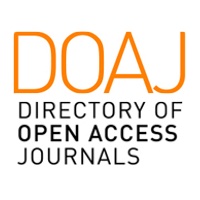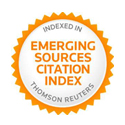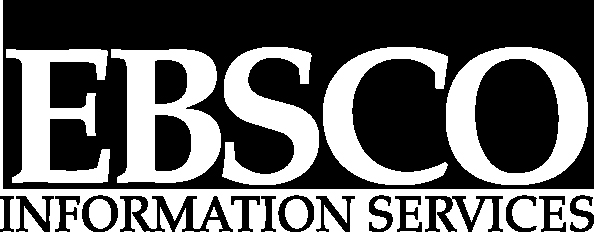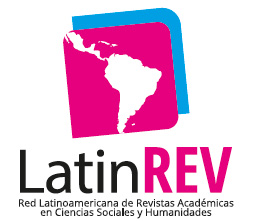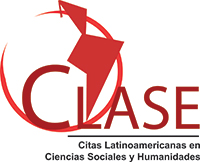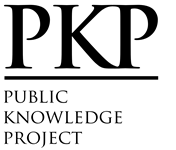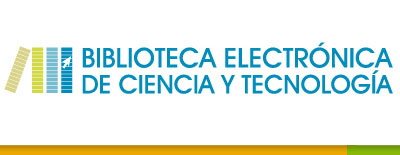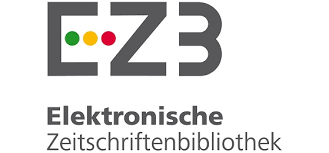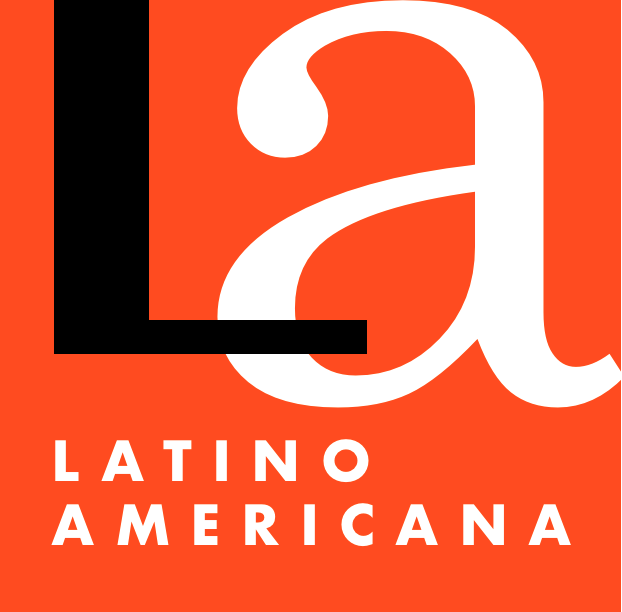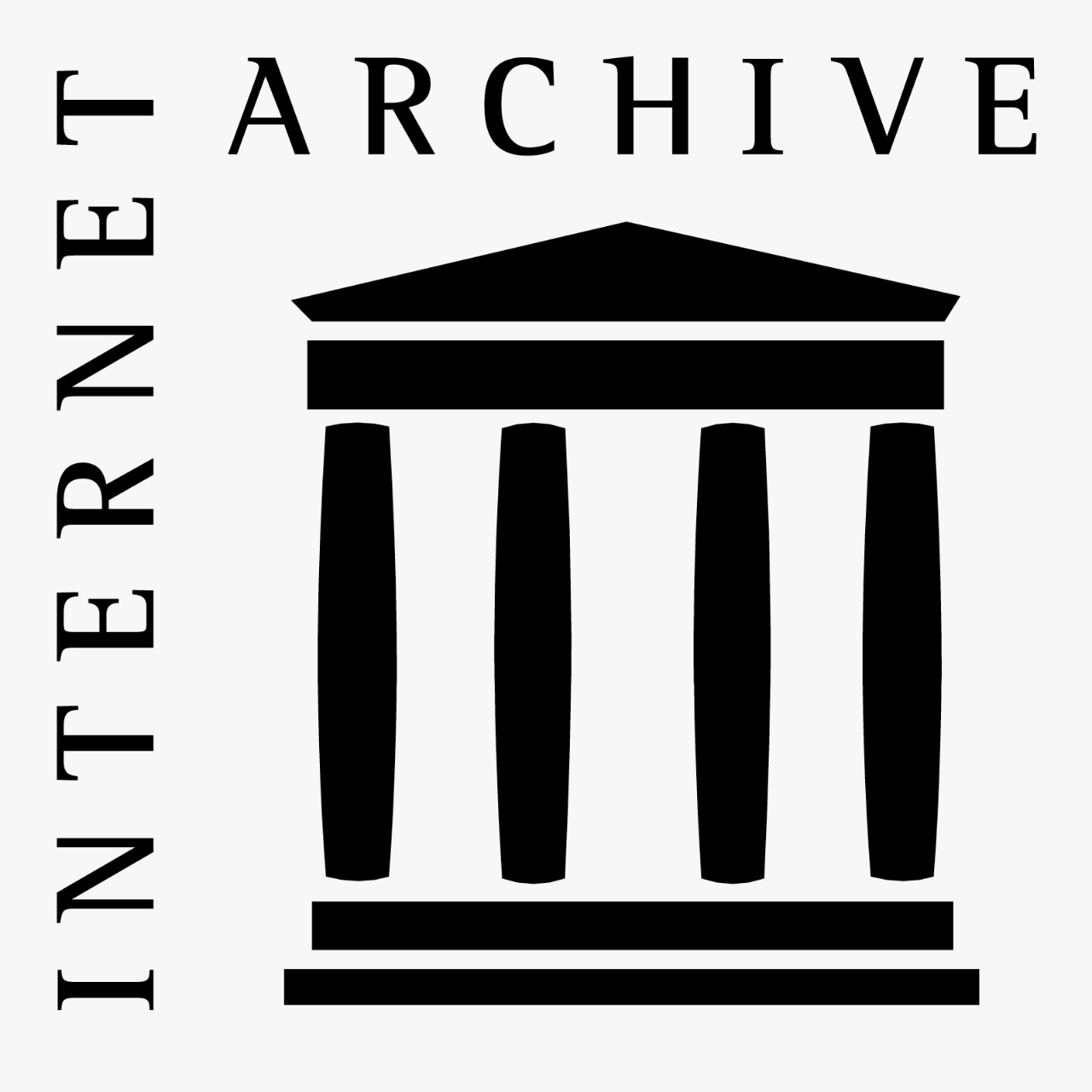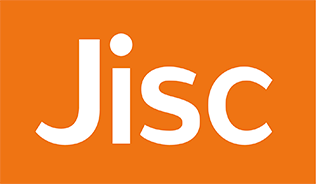Influencers on Instagram
Systematic review of scientific literature
Abstract
Influencer marketing and communication are experiencing rapid growth, driving the expansion of research aimed at understanding how they work. The profiles of so-called influencers are highly diverse, and their impact varies depending on the context in which they operate. In this regard, platforms such as Instagram have consolidated their position as ideal spaces for brands to integrate these profiles into their communication strategies. To address the dynamics explained above, this study focuses on examining how researchers approach the study of this field, using a systematic review of the scientific literature as its methodology. Recurring keywords, research approaches, designs, and instruments used to achieve a variety of objectives related to understanding the phenomenon are analyzed. In addition, the subject matter of these publications is investigated. The results show that, far from declining, research in this field has experienced steady growth over the years, raising various concerns within the scientific literature related to the need to address aspects such as transparency in influencers' publications, the authenticity of their content, the effectiveness of the communication strategies implemented, and the real impact on the audience in a more comprehensive and detailed manner.
Downloads
References
Ahn, H. S. y Kim, H. J. (2014). An introduction to systematic review. Journal of the Korean Medical Association, 57(1), 49-59. https://doi.org/10.5124/jkma.2014.57.1.49.
Bastrygina, T., Lim Weng, M., Jopp, R. y Weissmann, M. A. (2024). Unraveling the power of social media influencers: Qualitative insights into the role of Instagram influencers in the hospitality and tourism industry. Journal of Hospitality and Tourism Management, 58, 214-243. https://doi.org/10.1016/j.jhtm.2024.01.007.
Belanche, D., Casal, L., Flavián, M. y Ibáñez, S. (2021). The impact of influencer credibility on consumer attitudes and purchase intention. Journal of Retailing and Consumer Services, 61, 102585. https://doi.org/10.1016/j.jretconser.2021.102585.
Boerman, S. C. (2020). The effects of the standardized instagram disclosure for micro- and meso-influencers. Computers in Human Behavior, 103, 199 –207. https://doi.org/10.1016/j.chb.2019.09.015.
Boerman, S. C., Meijers-Marjin, H. C. y Zwart, W. (2022). The Importance of Influencer-Message Congruence When Employing Greenfluencers to Promote Pro-Environmental Behavior. Environmental Communication, 16(7), 920-941. https://doi.org/10.1080/17524032.2022.2115525.
Boerman, S. C. y Müller, C. M. (2022). Understanding which cues people use to identify influencer marketing on Instagram: An eye tracking study and experiment. International Journal of Advertising, 41(1), 6-29. https://doi.org/10.1080/02650487.2021.1986256.
Casado-Riera, C. y Carbonell, X. (2018). La influencia de la personalidad en el uso de Instagram. Revista de Comunicación, 36(2), 26. http://hdl.handle.net/2072/338222.
Castelló-Martínez, A. y Del Pino-Romero, C. (2015). Prescriptores, marcas y tuits. El marketing de influencia. ADResearch ESIC International Journal of Communication Research, 12(12), 86–107. https://doi.org/10.7263/adresic-012-05.
Castelló-Martínez, A. y Del Pino-Romero, C. (2019). La comunicación publicitaria con Influencers. Redmarka. Revista De Marketing Aplicado, 01(14), 21–50. https://doi.org/10.17979/redma.2015.01.014.4880.
Castelló-Martínez, A.; Segarra-Saavedra, J. y Hidalgo-Marí, T. (2023). Análisis de la prescripción de marca y de la identificación de su naturaleza publicitaria por parte de rostros televisivos en Instagram. Fonseca, Journal of Communication, 26, 165-186. https://doi.org/10.14201/fjc.29776.
Choi, M., Choi, Y. y Lee, H. (2023). Gen Z Travelers in the Instagram Marketplace: Trust, Influencer Type, Post Type, and Purchase Intention. Journal of Hospitality & Tourism Research, 48(6), 1020 -1034. https://doi.org/10.1177/10963480231180938.
Conde, R. y Casais, B. (2023). Micro, macro and mega-influencers on Instagram: The power of persuasion via the parasocial relationship. Journal of Business Research, 158, 113708. https://doi.org/10.1016/j.jbusres.2023.113708.
Contreras-Pulido, P., Duran-Bonavila, S., Carbonell-Bernal, N. y Lacasa, P. (2022). Héroes, ídolos, celebridades e influencers como transmisores de valores en la cultura fandom juvenil. In edutec 2022 Palma-XXV Congreso Internacional, 719-721. https://bit.ly/4cbGgSG.
Cueva-Estrada, J. Sumba-Nacipucha, N. y Villacrés-Beltrán, F. (2020). El marketing de influencias y su efecto en la conducta de compra del consumidor millennial. Suma de Negocios, 11(25), 99-107. https://doi.org/10.14349/sumneg/2020.V11.N25.A1.
De la Lama-Zubirán, P., De la Lama-Zubirán, M. y De la Lama-García, A. (2022). Los instrumentos de la investigación científica. Horizonte de la Ciencia, 12(22), 189-202. https://doi.org/10.26490/uncp.horizonteciencia.2022.22.1078.
Dhun, S. y Hamendra K. D. (2023). Influencer Marketing: Role of Influencer Credibility and Congruence on Brand Attitude and eWOM. Journal of Internet Commerce, 22, S28-S72. https://doi.org/10.1080/15332861.2022.2125220.
García-Ruiz, M. R., Buenestado-Fernández, M. y Ramírez-Montoya, M. S. (2023). Evaluación de la Competencia Digital Docente: instrumentos, resultados y propuestas. Revisión sistemática de la literatura. Educación XX1: revista de la Facultad de Educación, 26(1), 273-301. https://hdl.handle.net/11162/240006.
Gil-Quintana, J. y Martínez-Zarzuelo, E. (2021). Educational influencers on Instagram: Analysis of audience and transmedia production. Publications, 9(43), 1-21. https://doi.org/10.3390/publications9040043.
Gross, J., Cui, Z. y Von Wangenheim, F. (2023). How to make influencer advertising engaging on Instagram: Emotional Storytelling in Sponsored Posts. Journal of interactive advertising, 23(4), 388-408. https://doi.org/10.1080/15252019.2023.2211579.
Hernández-Sampieri, R., Fernández-Collado, C. y Baptista-Lucio, P. (2014). Metodología de la investigación. McGraw Hill
Jin, S. V. y Ryu, E. (2020).”I'll buy what she's #wearing": The roles of envy toward and parasocial interaction with influencers in Instagram celebrity-based brand endorsement and social commerce. Journal of Retailing and Consumer Services, 55, 102121. https://doi.org/10.1016/j.jretconser.2020.102121.
Jin, S. V., Muqaddam, A. y Ryu, E. (2019). Instafamous and social media influencer marketing. Journal of Marketing, 10(3), 45-58. https://doi.org/10.1108/MIP-09-2018-0375.
Kilipiri, E., Papaioannou, E. y Kotzaivazoglou, I. (2023). Social Media and Influencer Marketing for Promoting Sustainable Tourism Destinations: The Instagram Case. Sustainability, 15(8), 6374. http://doi.org/10.3390/su15086374.
Lafuente-Ibáñez, C. y Marín-Egoscozábal, A. (2008). Metodologías de la investigación en las ciencias sociales: Fases, fuentes y selección de técnicas. Revista Escuela de Administración de Negocios, (64), 5–18. https://doi.org/10.21158/01208160.n64.2008.450.
Lee, S. y Kim, E. (2020). The effects of sponsorship disclosure and influencer credibility on consumer perceptions of Instagram promotional posts. Journal of Global Fashion Marketing, 11(3), 233-244. https://doi.org/10.1080/20932685.2020.1752766.
León-Alberca, T., Renés-Arellano, P. y Aguaded, I. (2024). Digital Marketing and Technology Trends: Systematic Literature Review on Instagram. International Conference on Communication and Applied Technologies, 309-318. https://doi.org/10.1007/978-981-99-7210-4_29309.
León-Alberca, T., Calva-Cabrera, D., Renés-Arellano, P., Inzunza Acedo, B. (2025). Instagram como herramienta digital para la comunicación y posicionamiento de marcas de moda: estudio de caso en Ecuador. Universitas XX1, 42, 217-243. https://doi.org/10.17163/uni.n42.2025.09
Leung, F. F., Gu, F. F. y Palmatier, R. W. (2022). Online influencer marketing. Journal of the Academy of Marketing Science, 50, 226–251. https://doi.org/10.1007/s11747-021-00829-4.
Matthew, J. P., Mckenziea, J., Bossuyt, P. M., Boutron, I., Hoffmann, T. C., Mulrow, C. D., Shamseer, L., Tetzlaff, J. M., Akl, E. A., Brennan, S. E., Chou, R., Glanville, J., Grimshaw, J. M., Hróbjartsson, A., Lalu, M. M., Li, T., Loder, E. W., Mayo-Wilson, E., McDonald, S., McGuinnes, S., Lesley, A., Thomas, J. Tricco, A. C., Welch, V. A., Whiting, P. y Moher, D. (2021). Declaración PRISMA 2020: Una guía actualizada para la publicación de revisiones sistemáticas. Revista Española de Cardiología, 74(9), 790-799. https://doi.org/10.1016/j.recesp.2021.06.016.
Marín-Dueñas, P., Serrano-Domínguez, C. y Galiano-Coronil, A. (2020). El influencer marketing y el proceso de compra de los estudiantes universitarios. En J.M. Muntané & C. Sánchez (Eds.), Las redes sociales como una herramienta de comunicación persuasiva (pp. 91-106). McGraw-Hill.
Mañas-Viniegra, L., Veloso, A. I. y Cuesta, U. (2019). Fashion Promotion on Instagram with Eye Tracking: Curvy Girl Influencers Versus Fashion Brands in Spain and Portugal. Sustainability, 11(14), 2-18. https://doi.org/10.3390/su11143977.
Monje, C. (2011). Metodología de la investigación cuantitativa y cualitativa. Guía didáctica. Universidad Surcolombiana, Colombia.
Rahman, W. N., Mutum, D. y Ghazali, E. M. (2022). Consumer engagement with visual content on Instagram: Impact of different features of posts by prominent brands. International Journal of E-Services and Mobile Applications, 14(1), 1-21. https://doi.org/10.4018/IJESMA.295960.
Reyes, H. (2020). Artículos de Revisión. Revista médica de Chile, 148(1), 103-108. https://dx.doi.org/10.4067/S0034-98872020000100103.
Pérez-Curiel, C. y Luque-Ortiz, S. (2018). El marketing de influencia en moda. Estudio del nuevo modelo de consumo en Instagram de los millennials universitarios. AdComunica, 15, 255-281. https://doi.org/10.6035/2174-0992.2018.15.13.
Pessoa, K., Alves Costa, C. L., Coelho, A. C. Bastos, A. y Rodríguez, I. (2023). Use of Instagram as a Resource for the Adoption of Behaviors Related to Health and Well-Being of Young College Students: Associations between Use Profile and Sociodemographic Variables—A Cross-Sectional Study. Societies, 13(2), 45. https://doi.org/10.3390/soc13020045.
Rodríguez-Hidalgo, A. B., Tamayo Salcedo, A. L. y Castro-Ricalde, D. (2023). Marketing de influencers en el turismo: una revisión sistemática de literatura. Revista de Comunicación de la SEECI, 56, 99-125. https://doi.org/10.15198/seeci.2023.56.e809.
Rodríguez-Hidalgo, A. B. y Tamayo Salcedo, A. L. (2024). Influencers en el turismo: Un análisis desde los paradigmas de la comunicación persuasiva. Revista Científica del Programa de Pós-Graduação en Turismo e Hotelaria, 26(1), 1-16. https://doi.org/10.14210/tva.v26.19601.
Sanabria-Navarro, J. R., Silveira-Pérez, Y., Guillen-Pereira, L. y Cortina-Núñez, M. (2023). Revisión bibliométrica sistemática de la gestión del entrenamiento deportivo. Retos, 47, 78-86. https://doi.org/10.47197/retos.v47.95274.
Rundin, K. y Colliander, J. (2021). Multifaceted Influencers: Toward a New Typology for Influencer Roles in Advertising. Journal of Advertising, 50(5), 548-564. https://doi.org/10.1080/00913367.2021.1980471.
Sánchez-Amboage, E., Membiela-Pollán, M. y Rodríguez-Vázquez, C. (2020). Estrategias comunicativas de social media influencers para creación de marca: El caso de Carlos Ríos y Café Secreto. adComunica. Revista Científica de Estrategias, Tendencias e Innovación en Comunicación, (20), 123-150. https://doi.org/10.6035/2174-0992.2020.20.6.
Segarra-Saavedra, J. y Hidalgo-Marí, T. (2018). Influencers moda femenina e Instagram: el poder de la influencia en la era 2.0. Revista Mediterránea de Comunicación. 9(1), 313-325. https://doi.org/10.14198/MEDCOM2018.9.1.17.
Statista. (2024). Países con mayor número de usuarios de Instagram en América Latina. Statista Research Department. Recuperado de https://bit.ly/45ghY7z.
Tafesse, W. y Wood, B. P. (2021). Followers’ engagement with instagram influencers: The role of influencers’ content and engagement strategy. Journal of Retailing and Consumer Services, 58, 102303. https://doi.org/10.1016/j.jretconser.2020.102303.
Torres-Toukoumidis, Á., Marín-Gutiérrez, I. y De-Santis, A. (2021). Interacción lúdica: hacia la educación en medios. Revisión sistemática de literatura científica. Bellaterra journal of teaching & learning language & literature, 14(3), e940-e940.
Velasco-Molpeceres, A. M. (2021). Influencers, storytelling y emociones: marketing digital en el sector de las marcas de moda y el lujo. Vivat Academia, Revista de Comunicación, 154, 1-18. http://doi.org/10.15178/va.2021.154.e1321.
Villar-Cirujano, E., Carrasco-Polaino, R., Luna-García, Á. y Martín-Cárdaba, M. Á. (2024). Elementos, tonos cromáticos y estrategias visuales en posts de moda sostenible en Instagram. Revista de comunicación, 23(1), 603-619. https://hdl.handle.net/20.500.12766/593.
Villena-Alarcón, E. (2018). El influencer de moda como sujeto de relaciones públicas: recursos y herramientas. Redmarka: revista académica de marketing aplicado, (22), 115-128. https://doi.org/10.17979/redma.2018.01.022.4938.
Xie-Carson, L., Magor, T., Benckendorff, P. y Hughes, K. (2023). All hype or the real deal? Investigating user engagement with virtual influencers in tourism. Tourism Management, 99, 104779. https://doi.org/10.1016/j.tourman.2023.104779.
Yang, Ch. (2021). Research in the Instagram context: Approaches and methods. The Journal of Social Sciences Research, 7(1), 15-21. https://bit.ly/4bTtkRv.
Zarei, K., Ibosiola, D., Farahbakhsh, R., Gilani, Z., Garimella, K. y Crespi, N. (2020). Characterising and Detecting Sponsored Influencer Posts on Instagram, International Conference on Advances in Social Networks Analysis and Mining (ASONAM), The Hague, Netherlands, 2020, 327-331, 10.1109/ASONAM49781.2020.9381309.
Copyright (c) 2025 Tatiana Betzabé León-Alberca, Paula Renés-Arellano, José Ignacio Aguaded-Gómez, Ketty Daniela Calva-Cabrera

This work is licensed under a Creative Commons Attribution-NonCommercial-ShareAlike 4.0 International License.
The authors retain the copyright and guarantee the journal the right to be the first publication of the work. In case that a translation of the article already published in Austral Comunicación can be published in another journal, it is requested to record the original publication in the translated version.
The license used is CC BY-NC-SA, which allows sharing (copying and redistributing the material in any medium and format) and adapting (remixing, transforming and building on the material) under the following terms: attribution (acknowledge authorship) and non-commercial (the material cannot be used for commercial purposes). Update: February 1, 2022.
Austral Comunicación allows the author (s) to retain the publication rights without restrictions.



